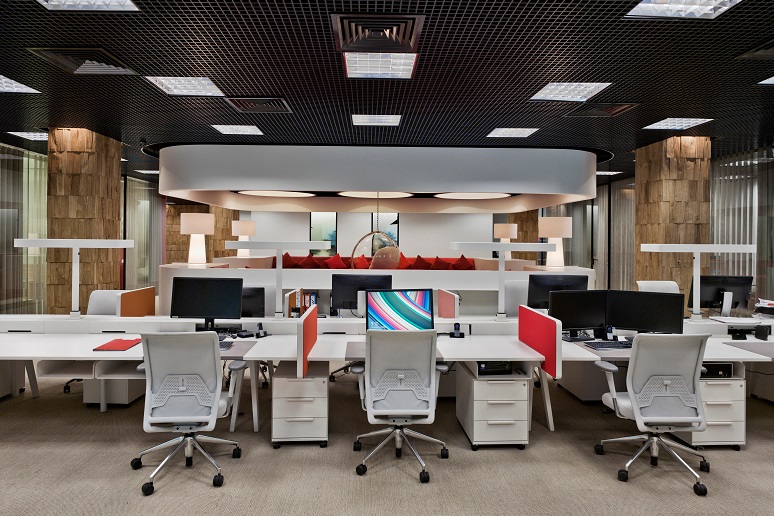Why are so many workplace leaders exploring hotdesking technology? Well, it could be because over half of U.S. employees work in a hybrid work model today, according to
Work From Home Research. This makes a strong case for workplace leaders to rethink their approach to dedicated workspaces for employees, potentially leveraging hotdesking technology in the process.
A Snapshot into the Hotdesking Tech Market
Over the last 20 years, companies like
Cloudbooking,
Officespace,
SpaceIQ,
Officely, and others have provided hotdesking capabilities aimed at improving workplace flexibility. Also, many unified communications and collaboration providers have thrown their hat into the hotdesking arena with services that go beyond allowing employees to book a space to work in the office.
In July, Zoom released
Zoom Reservations, which lets employees book meeting spaces using an interactive office map. With it, users can book Zoom Rooms, desks, meeting rooms, screening rooms, and other configured areas. Similarly,
Microsoft has hotdesking capabilities, which can help workplaces shift away from dedicated desks for each employee.
Cisco also has its hands
in the hotdesking game, enabling users of its solution to book various devices and office spaces from a computer or personal device. Employees can even join meetings with the click of a single button.
When it comes to the potential benefits of hotdesking, one of the most obvious is cost savings. Investing in hotdesking can "reduce office operating costs by 30% while saving 15% to 25% on the space,” according to a 2020 Gensler
U.S.-based work-from-home survey.
What to Look for in a Hotdesking Services?
As enterprises shift their layouts to meet hybrid work requirements, hotdesking technology can be a helpful tool, allowing employees to find and reserve desks easily in a flexible workspace, often with a map view of the office.
These services can also lend insight into how spaces are being used and how they can be better optimized. Should two desks be grouped together? Or do employees prefer to work separately? With access to data collected by hotdesking systems, office planners can get a sense of what employees prefer and ensure that those needs are being met in the workplace.
Hotdesking services also address the issue of overbooking a conference room or other workspace. In the past, you might have shown up to a conference room only to discover that it has been booked by someone else — this is one of the many pain points hotdesking services aim to nix.
Services like Cloudbooking also have visitor and call-park management features. Integrated within the Slack platform, Officely allows employees to view who is going into the office and where they're sitting. Additionally,
Kadence extends a fairly similar functionality via its Microsoft Teams integration, allowing Teams users to leverage the hotdesking capabilities without leaving the platform. Most hotdesking services also have integrations with tools like Microsoft Exchange, Outlook, and Google Workspace.
Managing Expectations: Not Everyone Likes Hotdesking
While many employees are open to more flexible arrangements, some still value having a fixed workspace, and any workplace change can be a point of contention. When instituting a workplace policy around hoteling, workplace decision-makers need to remember this and anticipate employee resistance to the change.





